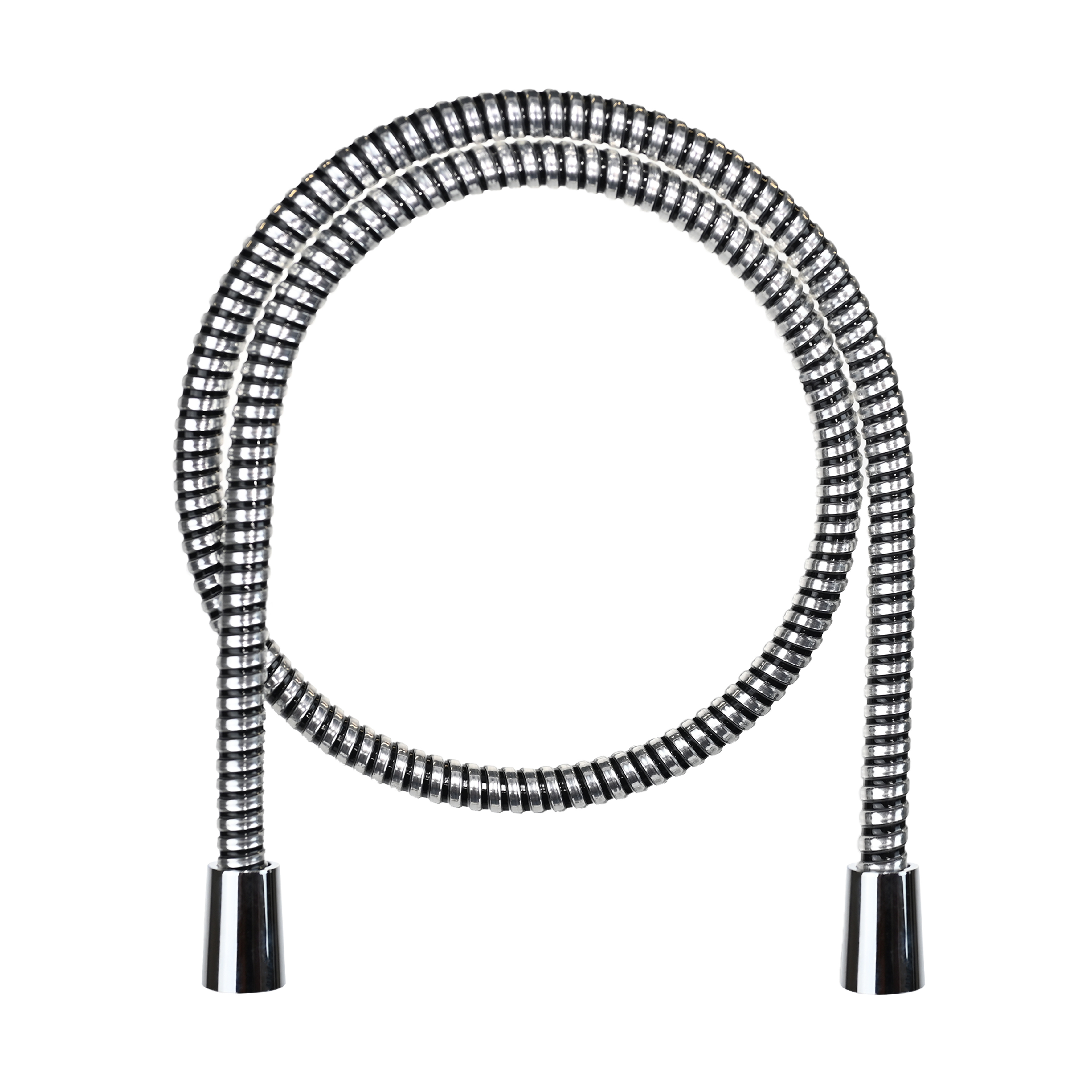The development trend and opportunity of sanitary ware industry
Release time:
Jun 01,2023
It is reported that the oligopoly market means that consumers need to pay extra high prices, but for enterprises, they can get more profits, which is directly reflected in the high concentration of the industry and enter a more standardized development period. On the contrary, the extreme fragmentation of the industry means that there are many problems to be solved for the development of the enterprise. There is a more sad situation, oligarch candidate seats occupied by foreign brands, the current Chinese sanitary ware industry is at this stage.
In the previous case analysis of enterprises, Yiou Home mentioned that the current domestic sanitary ware industry is occupied by foreign brands such as Kohler and Dongtao, while domestic well-known brands can only rank in the second echelon, while there are a large number of unknown small and medium-sized enterprises with serious product homogenization in the third echelon. Foreign brands are strong, local enterprises are small and scattered industry characteristics are obvious. Moreover, when combing the public information of the five listed companies in the industry, Yiou found that the extreme dispersion of business is also the characteristic of the current local sanitary ware enterprises, and at the same time indicates the trend of industrial integration in the future. In this regard, Yiou Home has some observations and thoughts to share with you.
The business is extremely fragmented. The five listed companies are very different.
Simply comparing the revenue scale, the five enterprises have a big gap. Huida Sanitary Ware has a revenue of more than 2 billion million, while Dima Sanitary Ware has less than 20 million. However, the figures can only be compared abstractly. If you know the operating conditions of the five companies, you will find that: unlike wardrobe listed companies, which have increased their customization business, kitchen and electricity companies have shifted their business focus to range hoods. As the sanitary ware industry is still in the initial stage of competition, the main businesses of the five sanitary ware companies have almost no overlap, and their focus and future business layout are different.
Huida Sanitary Ware is mainly engaged in sanitary ceramics, hardware and sanitary ware, bathroom cabinets, bathtub and bath rooms and ceramic tiles. Its export business accounts for 30%. It is sold in developed countries and regions by ODM and OEM.
Seagull bathroom main bathroom hardware, is currently layout customized bathroom space, smart home and bathroom products online agency business, overseas revenue accounted for 80%.
Imperial Sanitary Ware is mainly engaged in acrylic sanitary ware, including toilet bowl, bathtub, bathroom cabinet and shower room made of acrylic material. At the same time, it produces acrylic plate. After the merger and acquisition of Orcheno, it extends its business to building ceramics, and its income comes from the domestic market.
Hengyuan sanitary ware main toilet cover and other sanitary ware accessories, mainly conveying Germany, the United Kingdom, the United States and Italy and other countries, overseas income accounted for more than 95%, international business to its own brand poetry Oona (Siona) business, domestic ODM way.
The main business of Dima Sanitary Ware is shower room, which focuses on the domestic market. It sells home furnishing enterprises such as real estate developers, hotels and European sanitary ware in the form of OEM, and sells its own brand products in the form of distributors and e-commerce.
Among the five enterprises, Huida sanitary ware and imperial sanitary ware have different main product materials. Seagull bathroom new business revenue accounted for less than 10%, still dominated by bathroom hardware production; Hengyuan sanitary ware focuses on toilet lid production and export; Dima bathroom specializes in shower room. There is almost no overlap in the business of the five companies, but companies that produce sanitary ware product accessories such as Seagull Sanitary Ware and Hengyuan Sanitary Ware are actually in a part of the supply chain, and the products are highly replaceable. The shower room business of Dima Sanitary Ware has been included in more enterprises with product layout, which is why it supplies such enterprises as Europa Sanitary Ware by OEM.
The extreme dispersion of the industry is manifested in the small scale of enterprises and the extreme dispersion of the main product business of enterprises, which is not conducive to the competition between local enterprises and foreign-funded enterprises, and it is difficult to occupy a favorable position in the higher market. Of course, the extremely fragmented market also gives companies more opportunities.
The development trend and opportunity of sanitary ware industry
First, industry consolidation. The industrial integration here is a trinity integration process of products, channels and brands. From the product side, it is the integration of the industrial chain. At the same time, there must be channel expansion and brand merger and reorganization. In a 100 billion-level market, the market share of all local listed companies is less than 10%. On the one hand, it is due to the strength of foreign brands; but more importantly, on the other hand, local companies are not strong in their own business integration capabilities.
Compared with the business scope of foreign brands, Japan's Toto (TOTO) product categories include toilet, bathtub, basin, * * *, face wash and make-up table and ceramic tiles, etc. Kohler's product categories include bathroom * * *, washbasin, toilet, shower room, bathtub and intelligent toilet cover, etc.
On the other hand, Hengyuan Sanitary Ware and Dima Sanitary Ware only produce toilet covers and shower rooms. The former is an accessory, while the latter is also a product category of larger sanitary ware brands. Whether it is B- side real estate developers, hotels or C- side consumers, they are more inclined to unified decoration and one-stop purchase due to cost, time, and design style considerations in the decoration process. This is also the reason why custom homes are currently hot.
With the development of customized home furnishing and self-contained business, the decoration of the subdivision space of toilet will also conform to this trend. What will test the enterprise will be the supply chain integration ability. Enterprises that provide more categories of products and better services will surely seize more market space. The industry reshuffle period will be the era of "big fish" eating "small fish.
Second, the whole bathroom. Industry insiders judge that the period of rapid growth of customized home will come, consumers have higher requirements for space utilization, single product customization has affected the sanitary ware industry, such as Huida bathroom cabinet business in 2015 by the impact of the customized market, performance shrinkage.
Self-contained sanitary ware has been effectively developed in foreign markets. According to the data of CIC's economic rights and interests certificate, due to the need for space utilization, the penetration rate of self-contained sanitary ware in Japan is about 70%, while the penetration rate in China is about 10%, and it is mainly concentrated in convenient hotels and real estate developers at the B end. The C end market has not yet opened. However, with the growth of consumer demand for space utilization and the promotion of affordable housing construction, the domestic market potential is about to trigger. At present, there are not many enterprises with self-contained sanitary ware in the industry, and seagull sanitary ware is a pioneer.
Even if the advantages of self-contained sanitary ware in construction period, waterproof and construction are ignored, some enterprises with single business can be eliminated by its ability to integrate all sanitary ware products.
Again, smart bathroom. As far as the entire smart home industry is concerned, industry insiders predict that China's market size in 2020 is expected to break 180 billion yuan. Subdivided into sanitary ware market, its market size should not be underestimated. Take intelligent toilet as an example, the penetration rate in Japan and South Korea is close to 90% and 60% respectively. Some products have been used in shopping malls and hotels in China, but the penetration rate in 2015 is less than 2%. Although toilets, shower rooms, bathtubs, and bathroom cabinets in the domestic market have achieved varying degrees of intelligence, they are the same as the problems of the entire smart home industry. The entire market lacks a unified standard, and modularization and generalization are insufficient.
The implementation of the standard will help the development of intelligent sanitary ware. In 2015, a special committee on intelligent sanitary ware of the Household Appliance Association was established in China. The participating enterprises include Kohler, Jiumu, Wrigley, Hengjie, Panasonic, TOTO, Duravit, Olusha, Jiboli, Anhua, Faenza, Lijianbao, Sunrise Orient, Jianlin, Huida, Rongshida, Yihe, etc. There are two points worth paying attention to. One is that there are many participating companies; the other is that foreign brands such as Kohler, Panasonic, TOTO, and Duravit are actively participating, and have already started the production and sales of smart bathroom products.
Foreign brands have begun the layout of smart sanitary ware. If domestic sanitary ware companies cannot keep up with the trend, the gap with their opponents will become larger and larger. On the contrary, just as the United States, Japan and Germany can take advantage of the second industrial revolution to achieve economic and technological catch-up, intelligent sanitary ware as an industry and technological change is also an opportunity for domestic sanitary ware enterprises to make great strides to catch up.
Later, e-commerce. Although the current degree of e-commerce in the field of home building materials lags behind the average level of all industries, the other four listed companies have a layout except Hengyuan Sanitary Ware, which has less than 5% of its domestic business and has not been involved in e-commerce business. As Huida Sanitary Ware's understanding of e-commerce business, it will not replace traditional sales channels in the next few years, but its brand promotion role is worthy of attention.
The home improvement industry focuses on offline experience, and the supply of home building materials also needs to be offline. However, as consumers rely on online channels and online information search, increasing the display and sales of online products can realize the integration of online and offline brand images.
The industry concentration is low. For enterprises, opportunities and challenges coexist. If you can see the industry trend and take advantage of the situation, you can get twice the result with half the effort. CIC economic rights and interests certificate data show that China releases about 25 million sets of replacement market and 10 million sets of new housing market each year, with the continuous improvement of the level of urbanization, sanitary ware products demand growth rate and kitchen electricity industry is comparable. Instead of making wedding clothes for others, local sanitary ware enterprises should shift from parts production and supply to multi-category, self-contained and intelligent development, and from alternative suppliers operating in OEM and ODM mode to independent brand management.
Related Information
Sep 17,2023
Mar 17,2025
Industry Information







